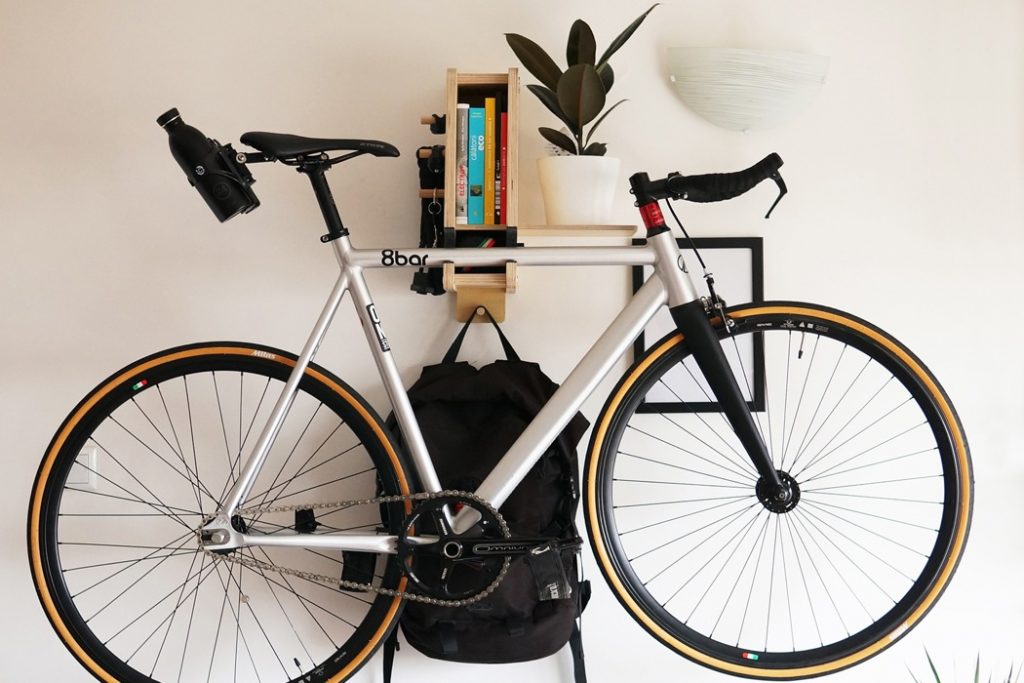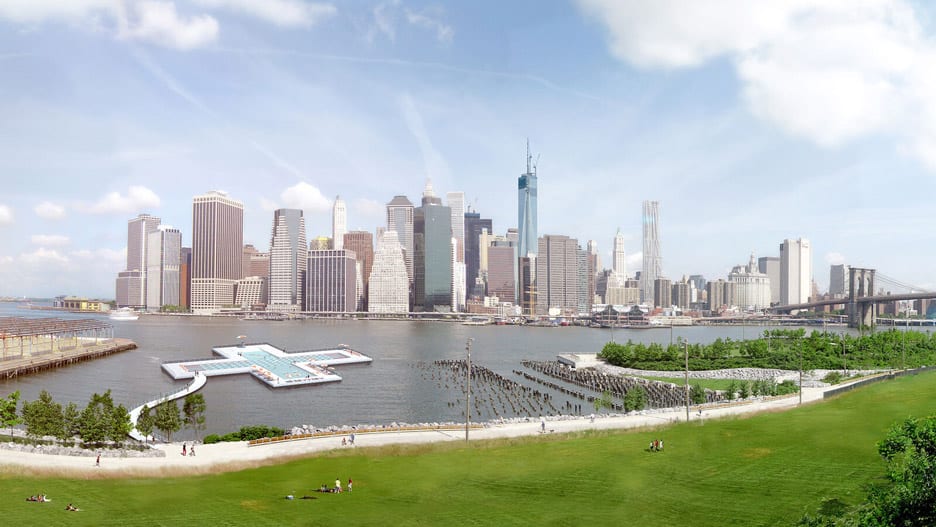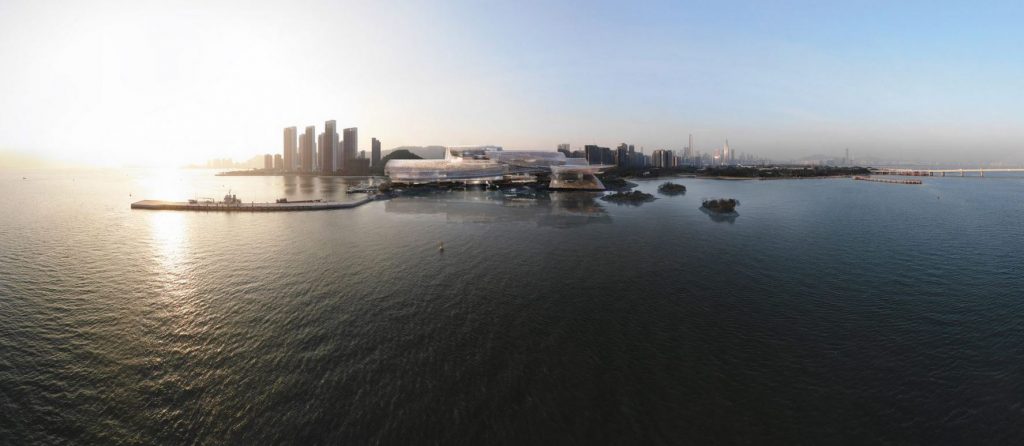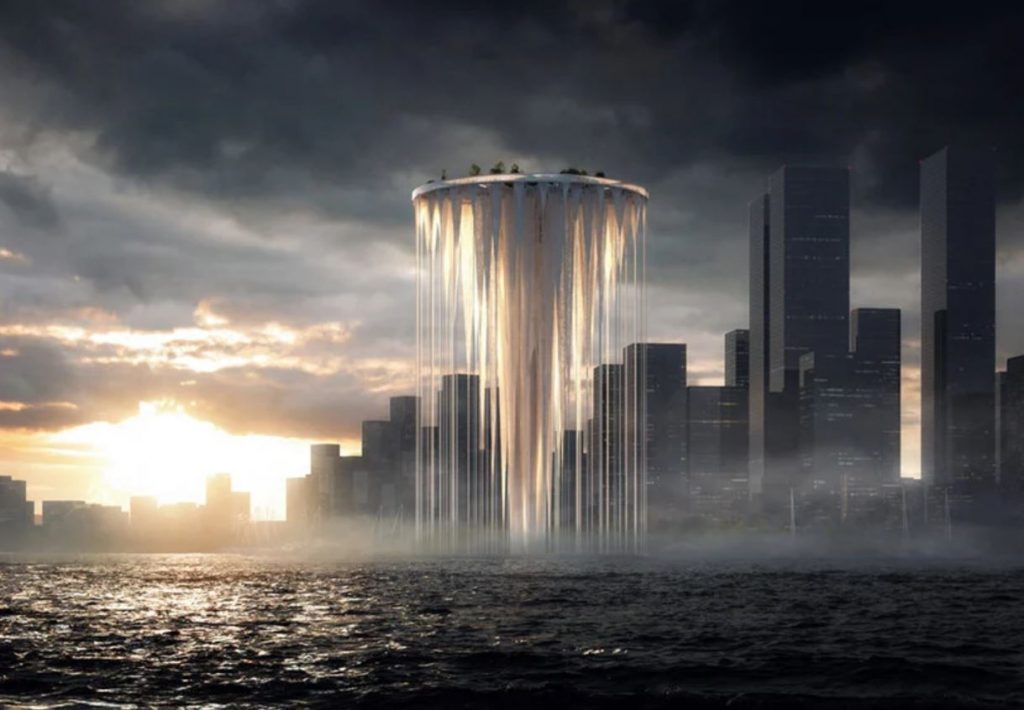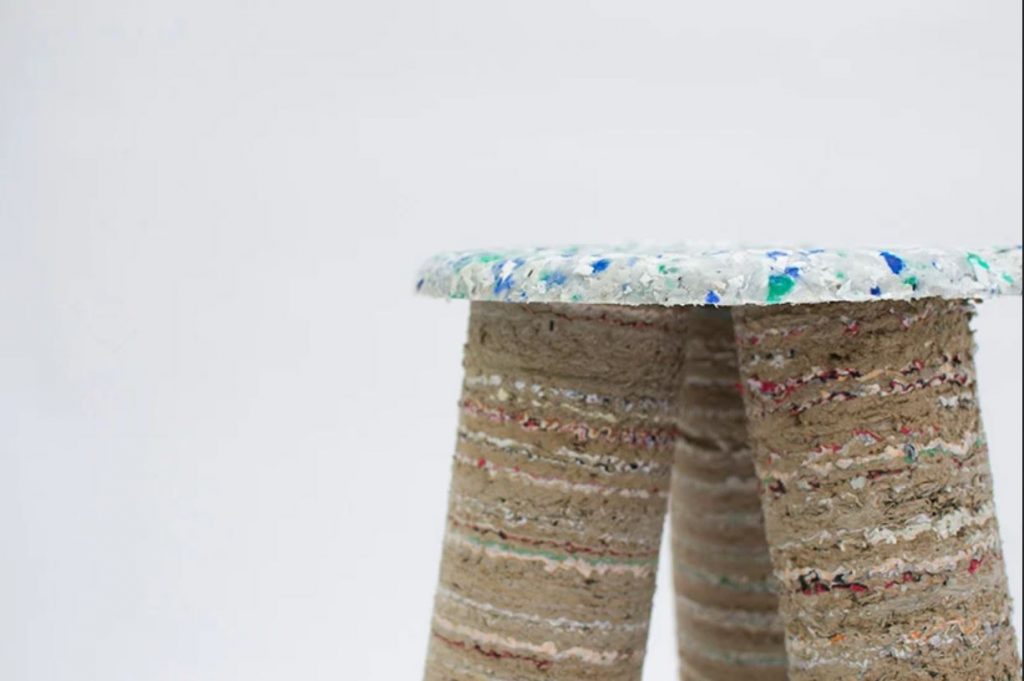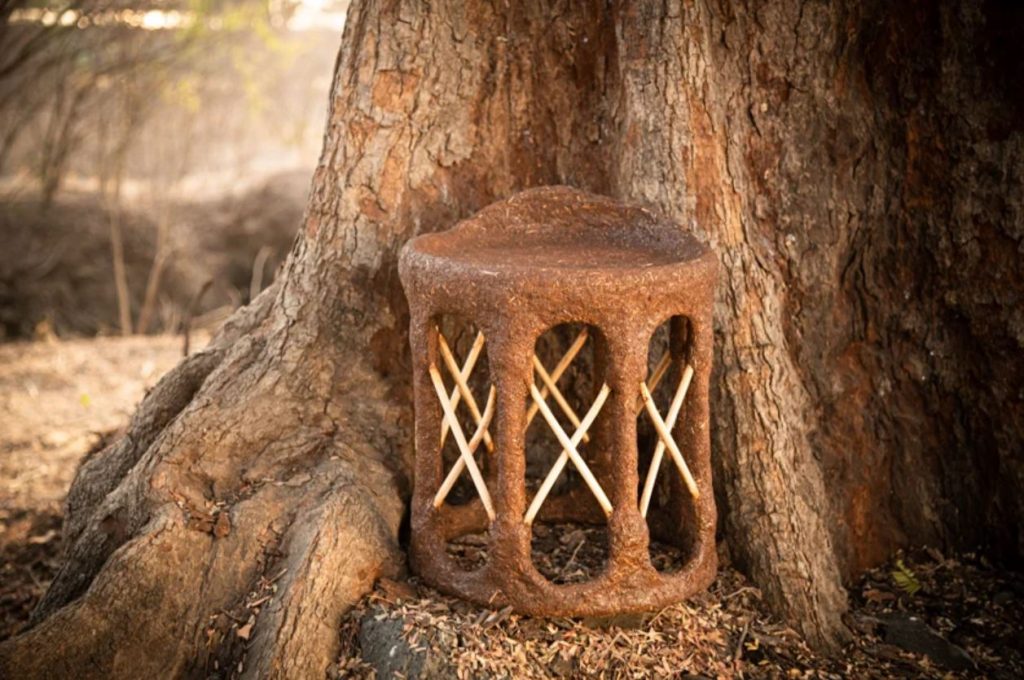In our car-dominated society, bicycles is an eco-friendly alternative to fossil fuel consuming and air pollution causing means of transportation. Worldwide, bicycles outnumber automobiles almost two to one, and the amount of cycling enthusiasts continues to grow. For those in love with this sustainable transport, we have prepared a selection of various wall-mounted bike racks – from minimal to whimsical – that will not only help store an ‘iron horse’ in a compact inner-city apartment but truly showcase it as a piece of art.
